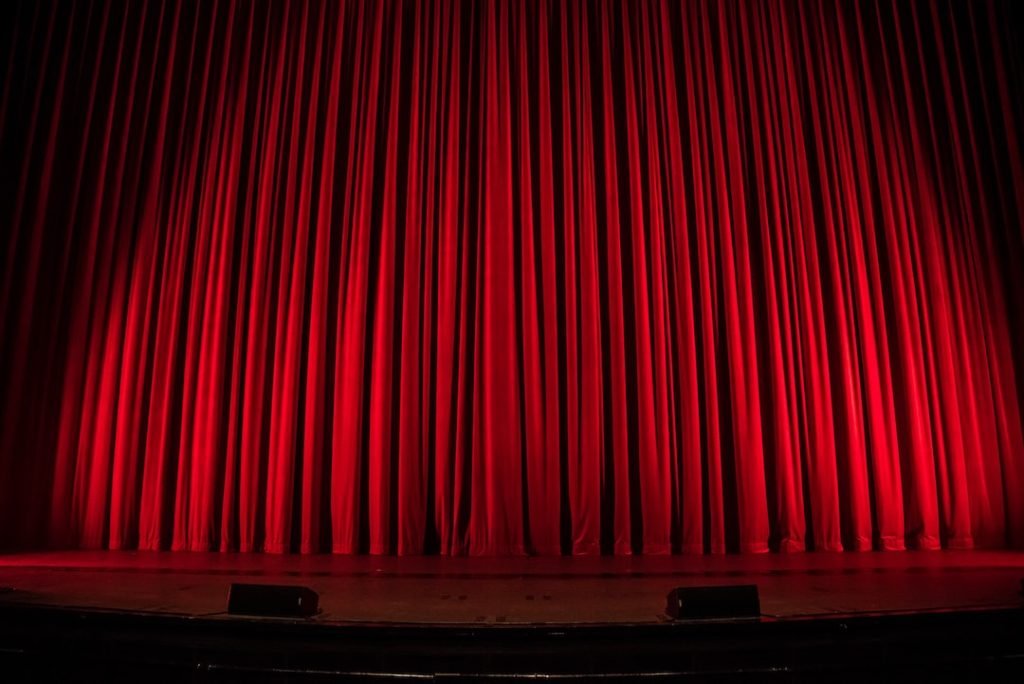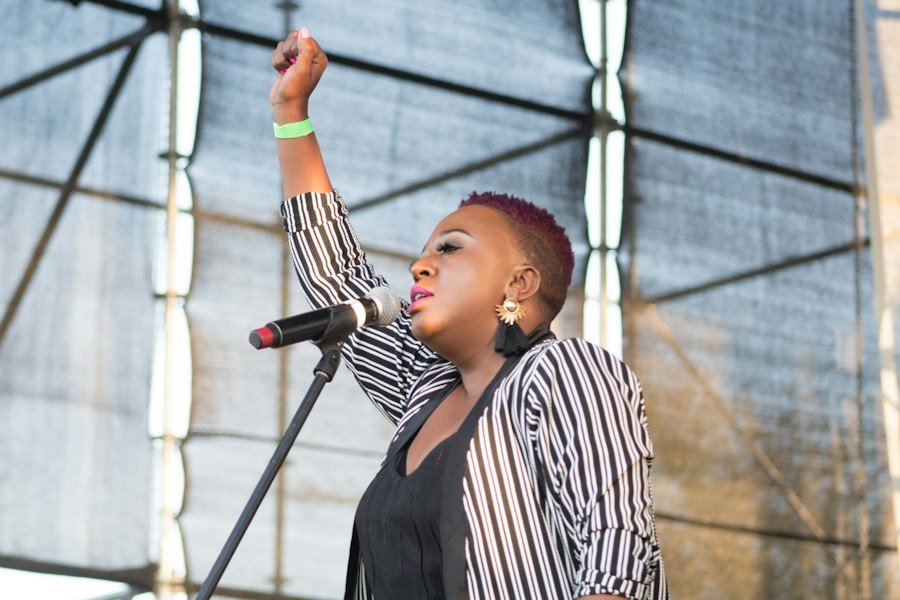

Norwegian Vocabulary for Theatre and Performance Arts
Learning Norwegian vocabulary for theatre and performance arts is essential for anyone interested in exploring the rich cultural heritage of Norway. Norway has a long and storied history of theatre and performance arts, with a vibrant contemporary scene that continues to thrive today. By learning Norwegian vocabulary, you can enhance your understanding and appreciation of Norwegian theatre and performance arts, allowing you to fully immerse yourself in the world of Norwegian drama.
Understanding the language used in theatre and performance arts is crucial for actors, directors, designers, and anyone involved in the production process. It allows for clear communication and collaboration, ensuring that everyone is on the same page when it comes to bringing a production to life. Additionally, learning Norwegian vocabulary can deepen your understanding of the nuances and subtleties of Norwegian theatre, as language often reflects cultural values and traditions.
Table of Contents
ToggleVocabulary for Acting and Stage Directions in Norwegian
In Norwegian theatre, there are several common words and phrases used in acting and stage directions. For example, “skuespiller” means actor, “rolle” means role, and “scene” means stage. When it comes to stage directions, “venstre” means left, “høyre” means right, “opp” means up, and “ned” means down. These words and phrases are essential for actors to understand their roles and navigate the stage effectively.
In Norwegian theatre productions, you may hear phrases such as “Gå av scenen” (exit the stage), “Stå i midten” (stand in the middle), or “Sett deg ned på stolen” (sit down on the chair). These instructions help actors understand where they need to be on stage and how they should move during a performance.
Norwegian Vocabulary for Playwriting and Script Analysis
When it comes to playwriting and script analysis in Norwegian theatre, there are key words and phrases that are important to understand. For example, “manus” means script, “sceneanvisning” means stage direction, and “dialog” means dialogue. These terms are crucial for playwrights to effectively communicate their vision and for actors and directors to analyze and interpret the script.
In script analysis, you may come across phrases such as “tema” (theme), “karakterutvikling” (character development), or “konflikt” (conflict). These terms help in understanding the underlying themes and motivations of a play, allowing for a deeper analysis and interpretation of the text.
Norwegian Vocabulary for Directing and Stage Management
Directing and stage management in Norwegian theatre require a specific set of vocabulary to effectively communicate with the cast and crew. For example, “regissør” means director, “prøve” means rehearsal, and “forestilling” means performance. These words are essential for directors and stage managers to coordinate and lead the production process.
In Norwegian theatre productions, you may hear phrases such as “lyssetting” (lighting design), “lyddesign” (sound design), or “kostymeprøve” (costume fitting). These instructions help the director and stage manager communicate their vision to the design team and ensure that all elements of the production come together seamlessly.
Norwegian Vocabulary for Set Design and Construction
Understanding Norwegian vocabulary for set design and construction is crucial for designers and builders to effectively create the physical environment of a production. For example, “scenografi” means set design, “rekvisitter” means props, and “bygging” means construction. These words are essential for designers to communicate their ideas and for builders to construct the set according to the design plans.
In Norwegian theatre productions, you may come across phrases such as “bakgrunn” (backdrop), “rekvisittbord” (prop table), or “sceneelementer” (set pieces). These terms help designers and builders understand the specific elements and components needed to bring the set design to life.
Norwegian Vocabulary for Lighting and Sound Design

Lighting and sound design play a crucial role in creating the atmosphere and mood of a Norwegian theatre production. Understanding the vocabulary used in these areas is essential for designers to effectively communicate their ideas and for technicians to execute the design plans. For example, “lysdesign” means lighting design, “lydtekniker” means sound technician, and “mikrofon” means microphone.
In Norwegian theatre productions, you may hear phrases such as “lysrigg” (lighting rig), “lydeffekter” (sound effects), or “miksebord” (mixing console). These terms help designers and technicians understand the specific equipment and techniques needed to achieve the desired lighting and sound effects.
Norwegian Vocabulary for Costume Design and Wardrobe
Costume design and wardrobe are essential elements of Norwegian theatre productions, helping to bring characters to life and enhance the overall visual aesthetic. Understanding the vocabulary used in these areas is crucial for designers to effectively communicate their ideas and for wardrobe teams to create and maintain the costumes. For example, “kostymedesign” means costume design, “kostymeskap” means costume shop, and “kostymemaker” means costume maker.
In Norwegian theatre productions, you may come across phrases such as “kostymepass” (costume fitting), “kostymelager” (costume storage), or “kostymeskift” (costume change). These terms help designers and wardrobe teams understand the specific requirements and logistics involved in creating and managing costumes for a production.
Norwegian Vocabulary for Makeup and Hair Design
Makeup and hair design are important aspects of Norwegian theatre productions, helping to transform actors into their characters and enhance the overall visual impact. Understanding the vocabulary used in these areas is crucial for designers to effectively communicate their ideas and for makeup and hair teams to create the desired looks. For example, “sminke” means makeup, “hårdesign” means hair design, and “frisør” means hairdresser.
In Norwegian theatre productions, you may hear phrases such as “sminkeprøve” (makeup trial), “hårstyling” (hair styling), or “parykk” (wig). These terms help designers and makeup and hair teams understand the specific techniques and products needed to achieve the desired looks for the characters.
Norwegian Vocabulary for Theatre History and Criticism
Understanding Norwegian vocabulary for theatre history and criticism is essential for anyone interested in studying and analyzing Norwegian theatre productions. These words and phrases help in discussing and analyzing the historical context, themes, and artistic merits of a production. For example, “teaterhistorie” means theatre history, “kritikk” means criticism, and “dramaturgi” means dramaturgy.
In discussions and analysis of Norwegian theatre productions, you may come across phrases such as “realisme” (realism), “eksperimentell teater” (experimental theatre), or “politisk teater” (political theatre). These terms help in understanding the different movements, styles, and ideologies that have shaped Norwegian theatre throughout history.
Norwegian Classes and Language Schools for Theatre and Performance Arts Vocabulary
If you are interested in learning Norwegian vocabulary for theatre and performance arts, there are several language classes and schools that specialize in teaching these specific skills. These classes often focus on practical application, providing students with the vocabulary and knowledge needed to effectively communicate in a theatrical context.
Taking these classes can enhance your understanding and appreciation of Norwegian theatre and performance arts by immersing you in the language and culture. You will have the opportunity to practice and apply your vocabulary in a supportive and creative environment, allowing you to develop your skills and deepen your connection to Norwegian theatre.
Conclusion:
Learning Norwegian vocabulary for theatre and performance arts is essential for anyone interested in exploring the rich cultural heritage of Norway. By understanding the language used in acting, directing, design, and analysis, you can fully immerse yourself in the world of Norwegian theatre and enhance your understanding and appreciation of this vibrant art form. Whether you are an actor, director, designer, or simply a theatre enthusiast, learning Norwegian vocabulary will open up new opportunities for creativity and collaboration. So, don’t hesitate to continue learning and exploring Norwegian theatre and performance arts vocabulary – the possibilities are endless!
If you’re interested in expanding your Norwegian vocabulary for theatre and performance arts, you might also find this article on “The Sound of Music in Norwegian: Learning Through Song Lyrics” helpful. It explores how learning Norwegian through song lyrics can be a fun and effective way to improve your language skills. Check it out here.
FAQs
What is Norwegian Vocabulary for Theatre and Performance Arts?
Norwegian Vocabulary for Theatre and Performance Arts is a collection of words and phrases commonly used in the Norwegian theatre and performance arts industry.
Who can benefit from learning Norwegian Vocabulary for Theatre and Performance Arts?
Anyone who is interested in working in the Norwegian theatre and performance arts industry can benefit from learning Norwegian Vocabulary for Theatre and Performance Arts. This includes actors, directors, producers, stage managers, and technicians.
What are some examples of Norwegian theatre and performance arts vocabulary?
Some examples of Norwegian theatre and performance arts vocabulary include “skuespiller” (actor), “regissør” (director), “scenografi” (set design), “kostyme” (costume), “lyd” (sound), and “lys” (lighting).
How can I learn Norwegian Vocabulary for Theatre and Performance Arts?
There are several ways to learn Norwegian Vocabulary for Theatre and Performance Arts. You can take a language course specifically focused on theatre and performance arts vocabulary, work with a tutor who specializes in this area, or immerse yourself in the Norwegian theatre and performance arts industry by attending shows and networking with professionals.
Why is it important to learn Norwegian Vocabulary for Theatre and Performance Arts?
Learning Norwegian Vocabulary for Theatre and Performance Arts is important for anyone who wants to work in the Norwegian theatre and performance arts industry. It allows you to communicate effectively with colleagues and understand the nuances of the industry. Additionally, it shows a level of dedication and professionalism that can set you apart from other candidates.
If you want to learn Norwegian, you can register for classes here. We look forward to hearing from you and helping you become fluent in Norwegian.





